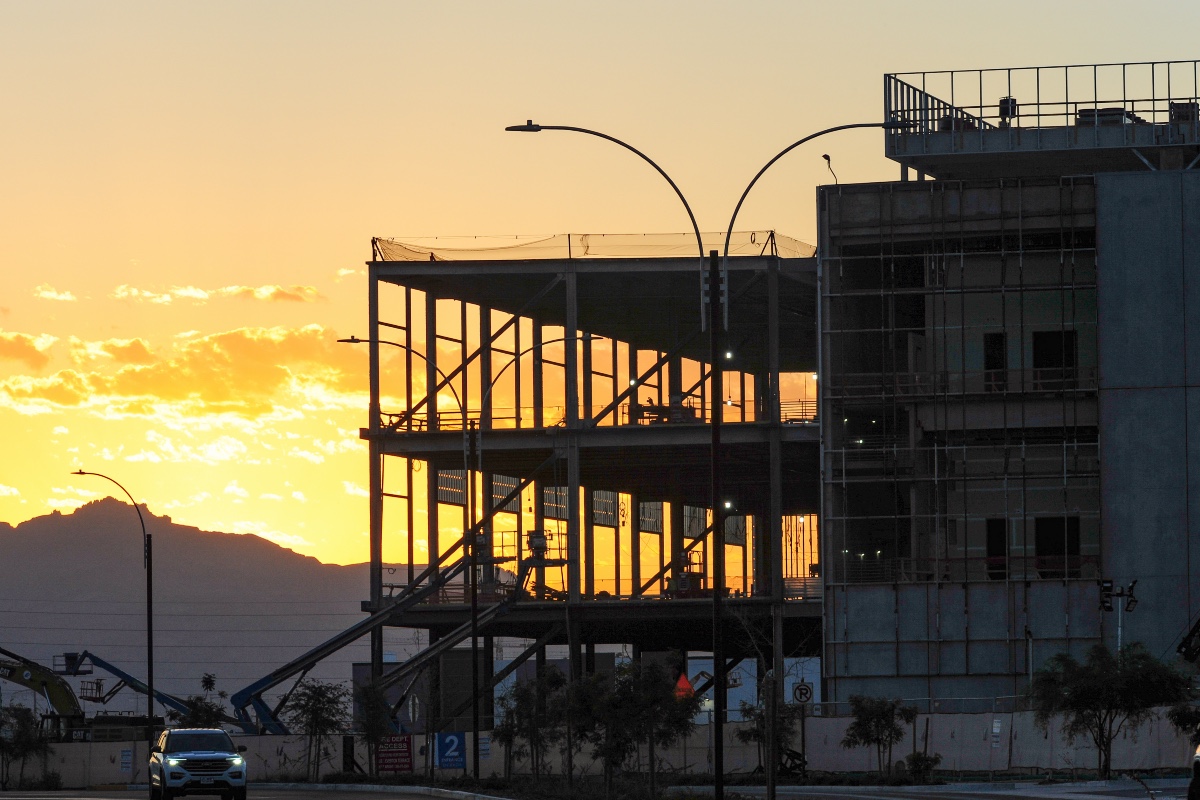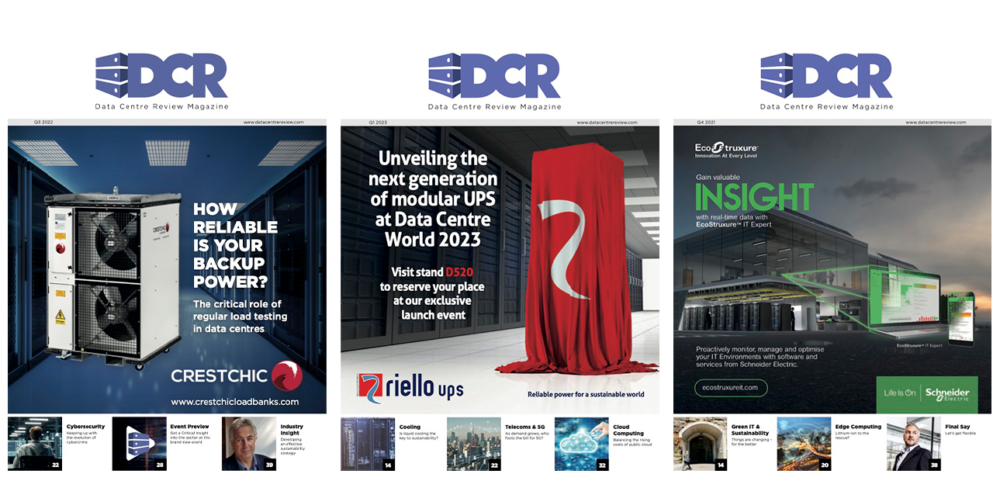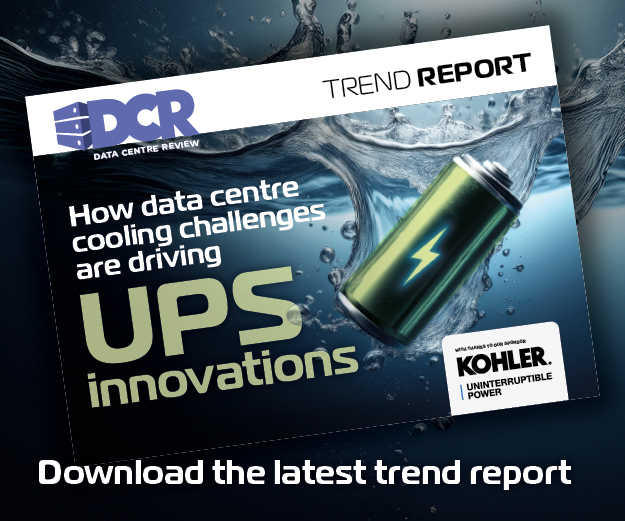With CNI status sharpening oversight, Steve Clifford, Director of Data Centres at EMCOR UK, says only integrated, in-house engineering and phased delivery can meet AI-era risk, compliance and uptime demands.
To many, building new data centres might seem like a new kind of arms race, as countries and organisations equip themselves with the infrastructure to support the rising demand for AI processing power. In the UK alone, the 484 existing data centres are forecast to grow by almost 100 by 2030.
With this surge in development, organisations will be keen to do the groundwork – but without in-depth planning, from development to ongoing strategic maintenance, companies might find themselves running before they learn to walk.
Initial thorough consultations with an end-to-end developer reduce reliance on an ongoing patchwork of suppliers, who can increase miscommunication and cause project delays across the supply chain. In an industry where 100% uptime is paramount, the consequences of hasty decision-making can be severe.
Prioritising end-to-end continuity through in-house engineering means that the same teams build, manage and maintain data centres for long-term operational excellence. Seeing continuity as a strategic tool is key – bespoke solutions for the data specialisms of a centre require careful orchestration from initial consultation to ongoing management.
Logistical foundations
The first stage to any project is outlining logistical challenges, mapping out development against compliance, and aligning these factors with the customer’s needs. This foundational phase demands meticulous attention to multiple constraints that can make or break a project before ground is broken.
Grid availability is limited, land is constrained, and planning approvals can take years. Addressing these in isolation can cause costly delays and suboptimal outcomes; it’s imperative to identify and plan strategically as early as possible.
Compliance needs are equally complex – builds must align with ISO frameworks, local authority regulations, and critical national infrastructure (CNI) standards. In 2024, the Government classified data centres as CNI, akin to water and emergency service systems. This means data centres will have greater government support in recovering from and anticipating critical incidents, under a CNI data infrastructure team of senior Government officials and the National Cyber Security Centre.
This emphasis on data centres as national recovery systems means that, depending on the project, stricter governance might apply, including on physical security, advanced monitoring and detailed incident reporting.
Rather than rushing to develop a space, collaborators must consider this complex ecosystem of requirements. Contractors and consultants should be chosen with care, ensuring the delivery team can manage mobilisation and plan for long-term performance so the space remains fit for purpose throughout its life. The chosen team must be capable of reviewing all stakeholder needs across an organisational supply chain, ensuring alignment across the entire ecosystem.
Phased development for operational excellence
Once logistical needs are met and development is underway, in-depth planning is crucial. The building stage differs depending on whether an organisation wants to build greenfield or retrofit an existing site.
Will it be built on a strict, singular timeline or in multiple phases? A phased approach might be most appropriate if retrofitting a site as modernisation requires uptime for ongoing functionality.
An engineering-first approach identifies and mitigates risks at the design, manufacturing and installation phases. For example, over half of the UK data centres currently in development are planned for London, and doing so in dense city spaces poses clear build challenges. In these tight spaces, 3D modelling techniques map out every millimetre and coordinate designs before action is taken onsite, and time-lapse visualisations can depict project progress in a digestible format.
Engineering providers demand strict maintenance scheduling and control, but trust and honesty are non-negotiable, too. Scheduling regular client meetings at the build stages maintains open risk communication and allows for collaborative decision making. Investment in consistent, knowledgeable teams will oversee data centres from initial development to long-term system reliability.
Continuous evolution: Optimising spaces for the future
When a greenfield or retrofitted space is up and running, the work has only just begun. Ongoing maintenance is key, of course, but a truly forward-thinking approach will recognise that data centre requirements are constantly evolving, particularly as new technologies emerge and mature.
AI and HPC workloads are pushing rack densities higher, creating new demands for thermal management, airflow and power draw. These evolving requirements necessitate a flexible infrastructure that can adapt to changing demands without requiring complete reconstruction.
Many operators are also embedding smart systems, from IoT sensors to predictive analytics tools, into designs. These platforms provide real-time visibility of energy use, asset performance and environmental conditions, enabling data-driven decision-making and continuous optimisation.
Operators may also upgrade spaces to higher-efficiency systems and smart cooling, which support better PUE outcomes and long-term energy savings. When paired with digital tools for energy monitoring and predictive maintenance, teams can deliver on smarter operations and provide measurable returns on investment. This technological evolution requires teams that understand both current capabilities and future possibilities.
Consistency is key
End-to-end data centre consultation should never be generic. Bespoke design, builds, and ongoing maintenance provide the foundation for long-term operational success.
In the data centre industry, infrastructure uptime is a national imperative as well as a business requirement. Data breaches, power failures and overheating systems have a significant impact on the safety of sensitive data in the financial sector, healthcare and beyond.
Continuity is more than the standard; it’s a strategic imperative serving both business objectives and national interests.



